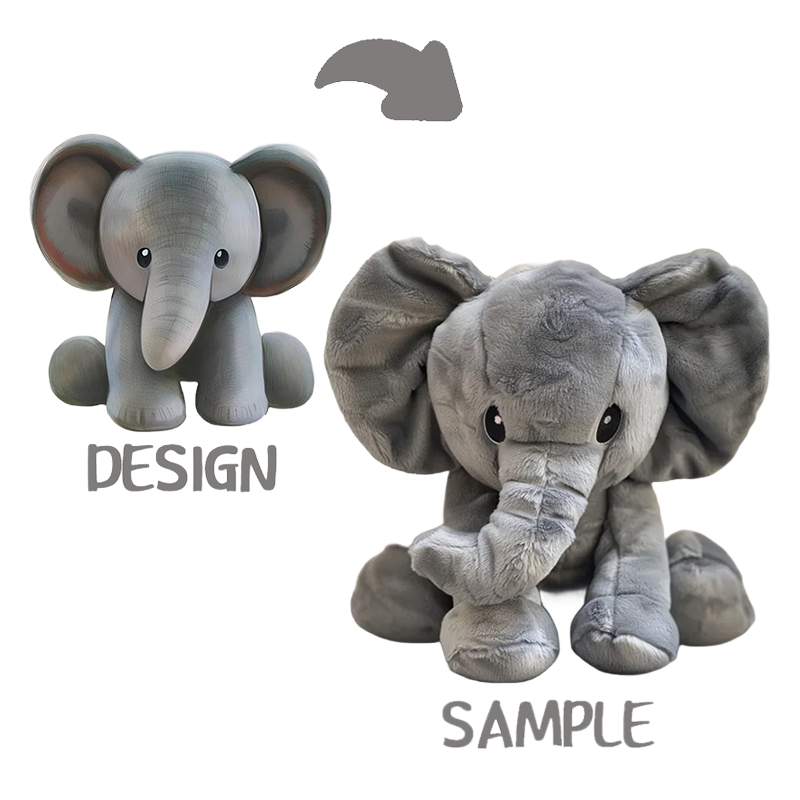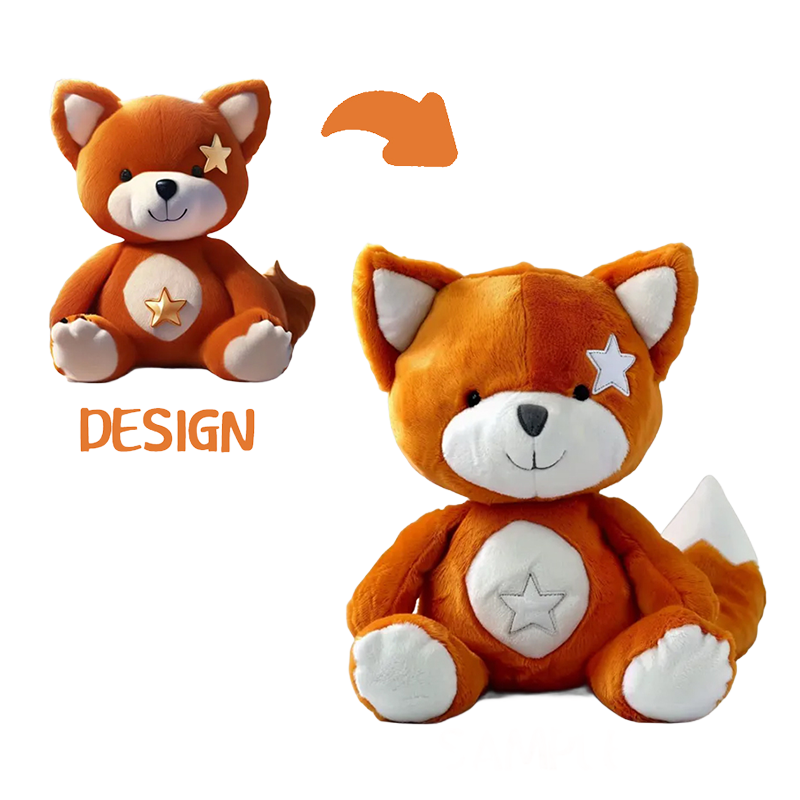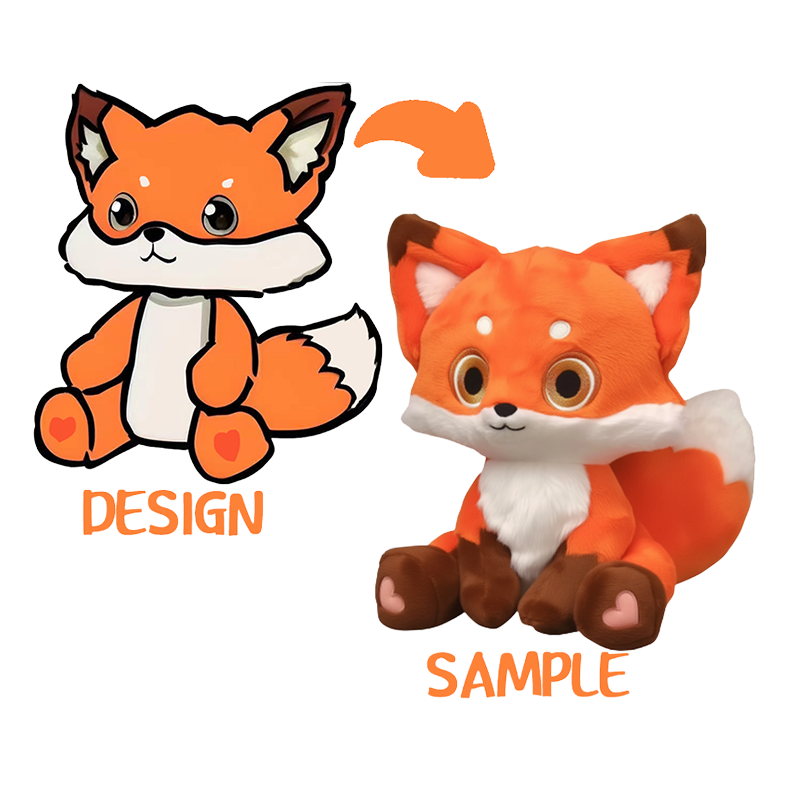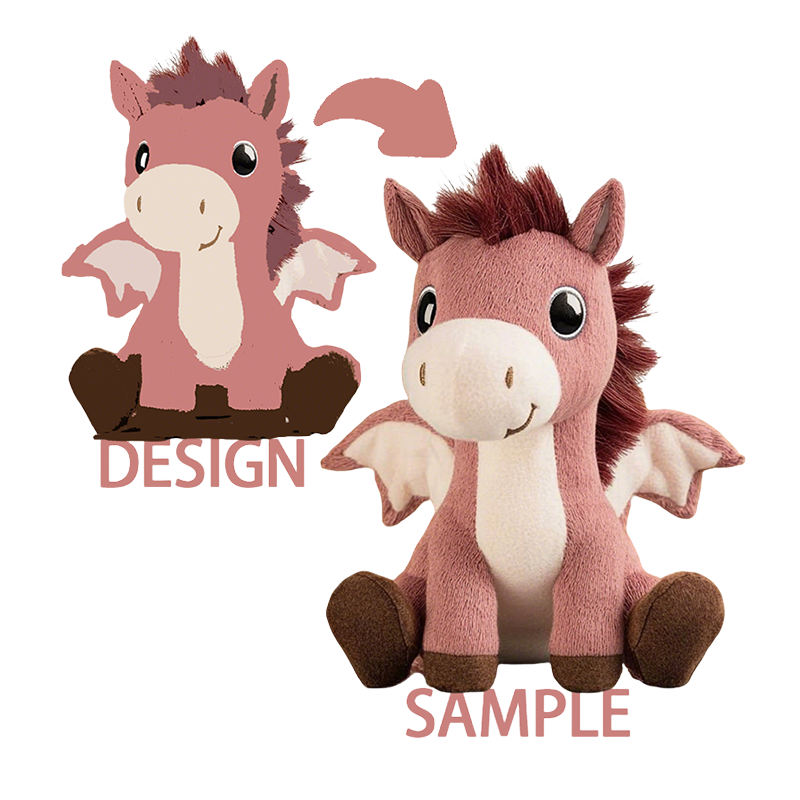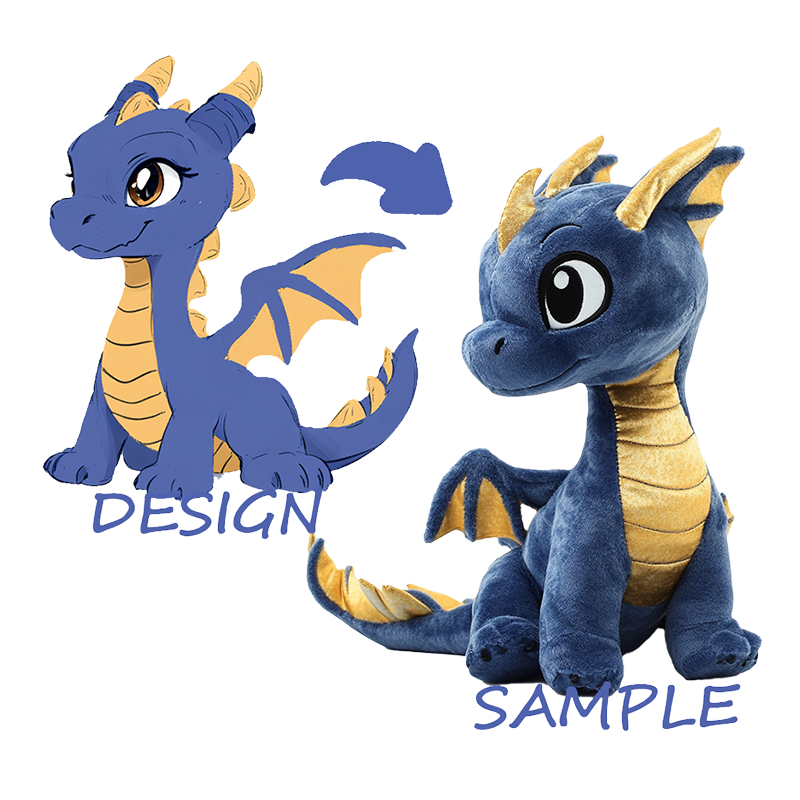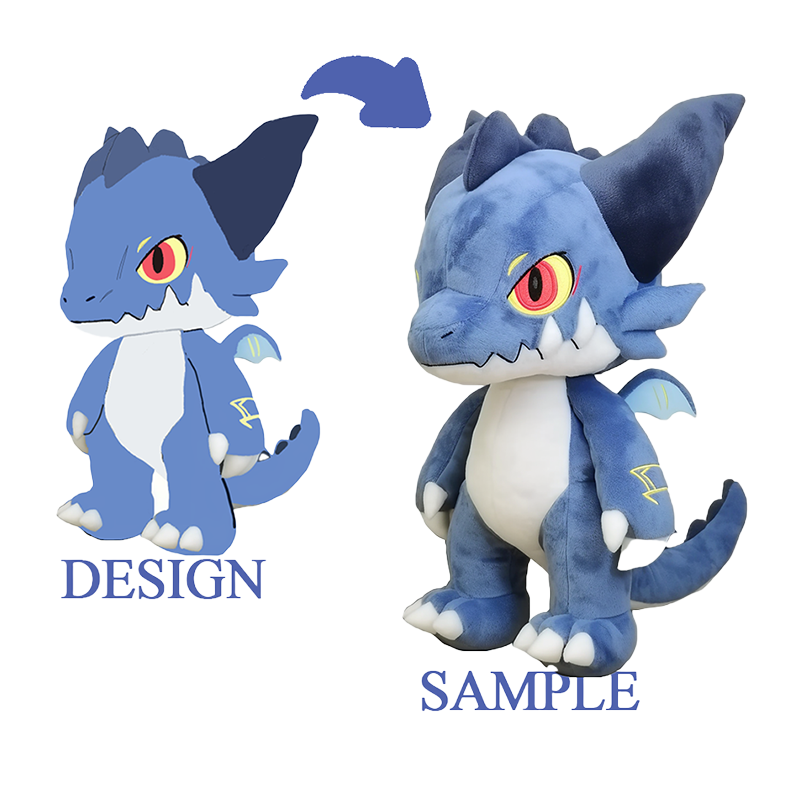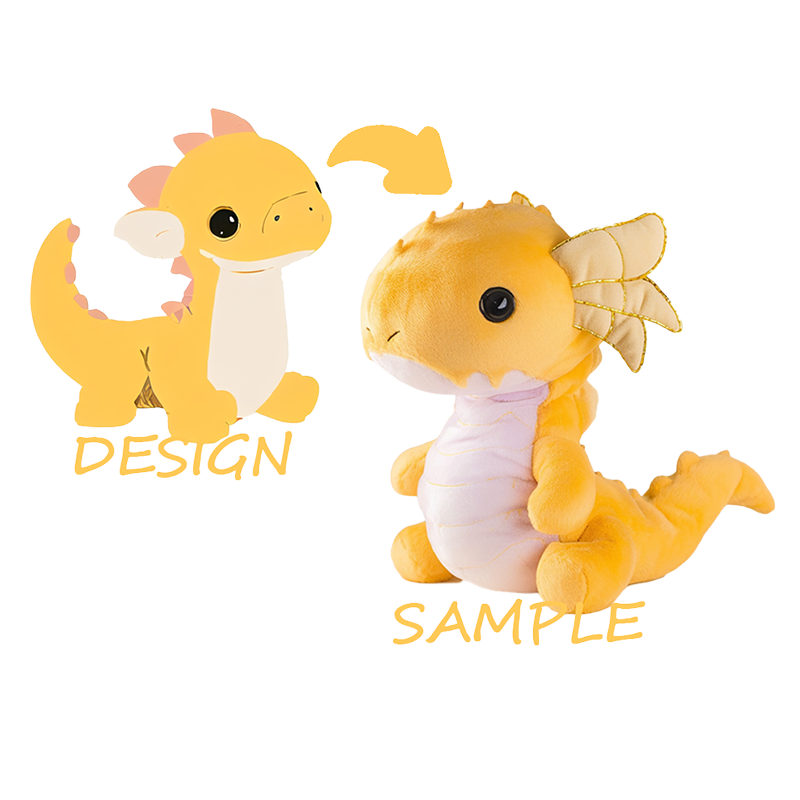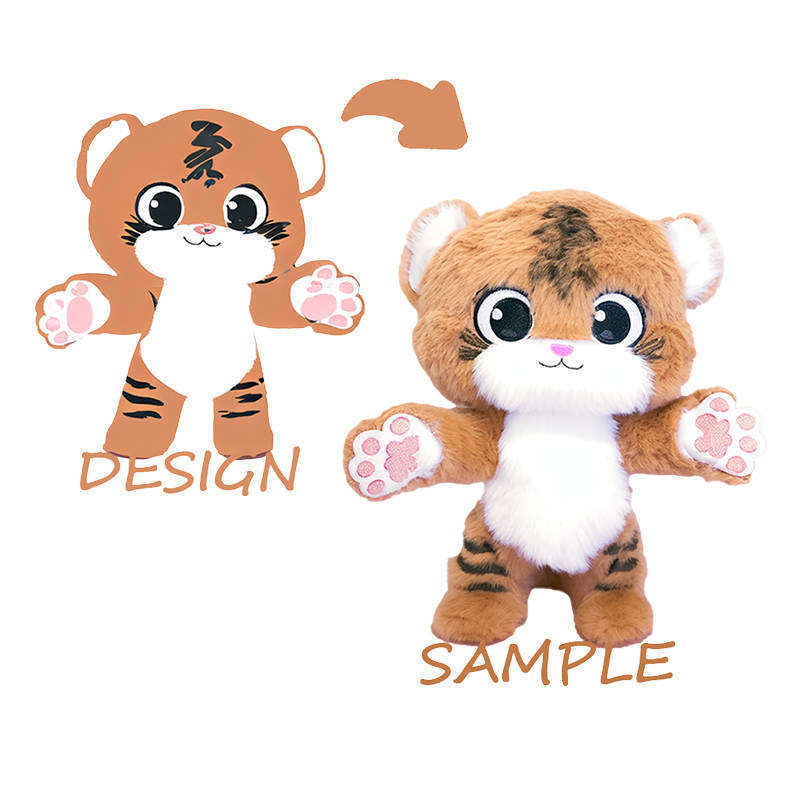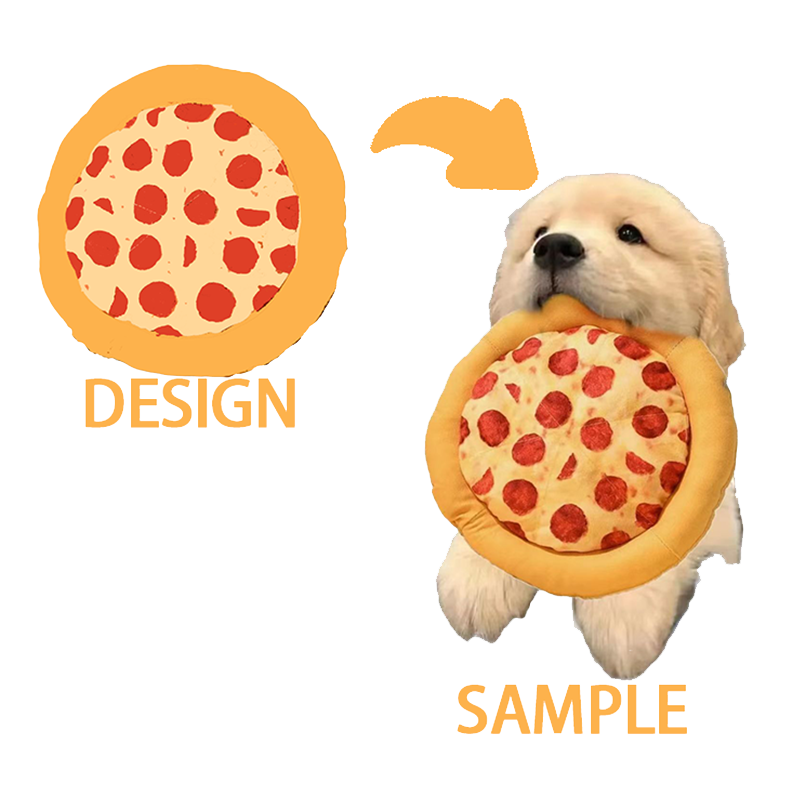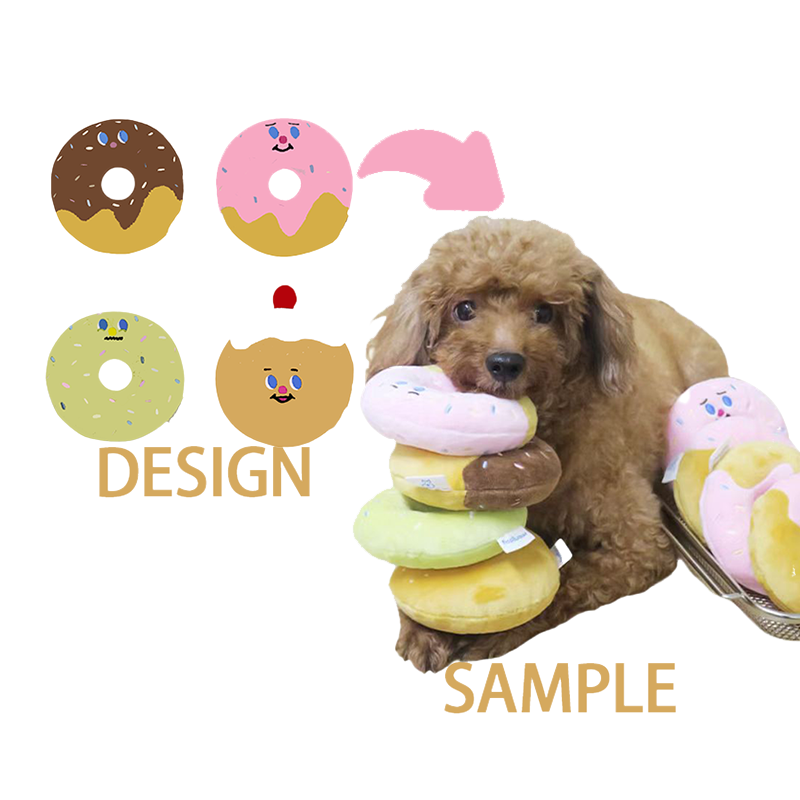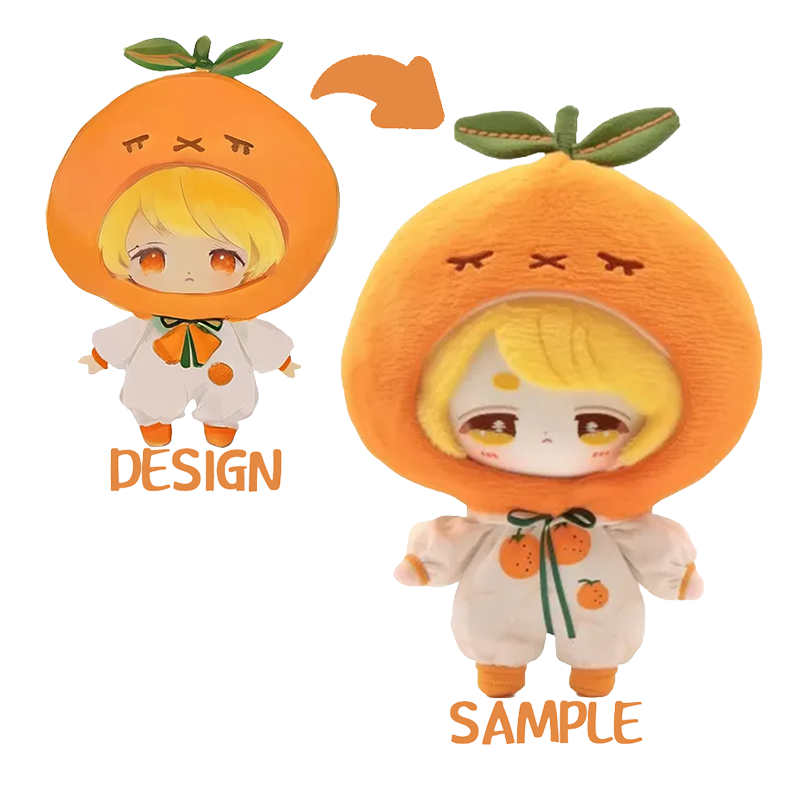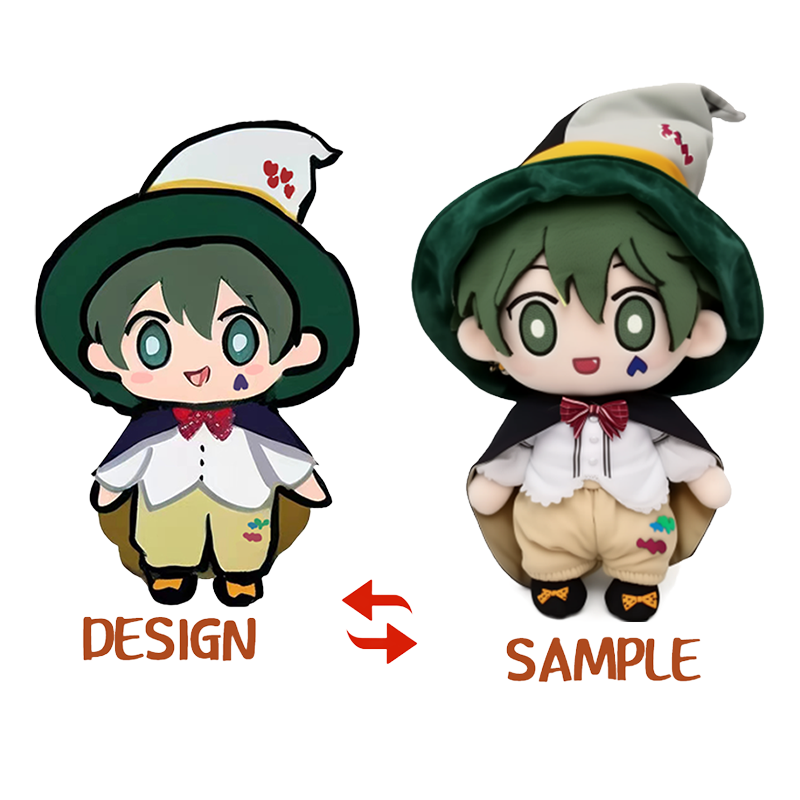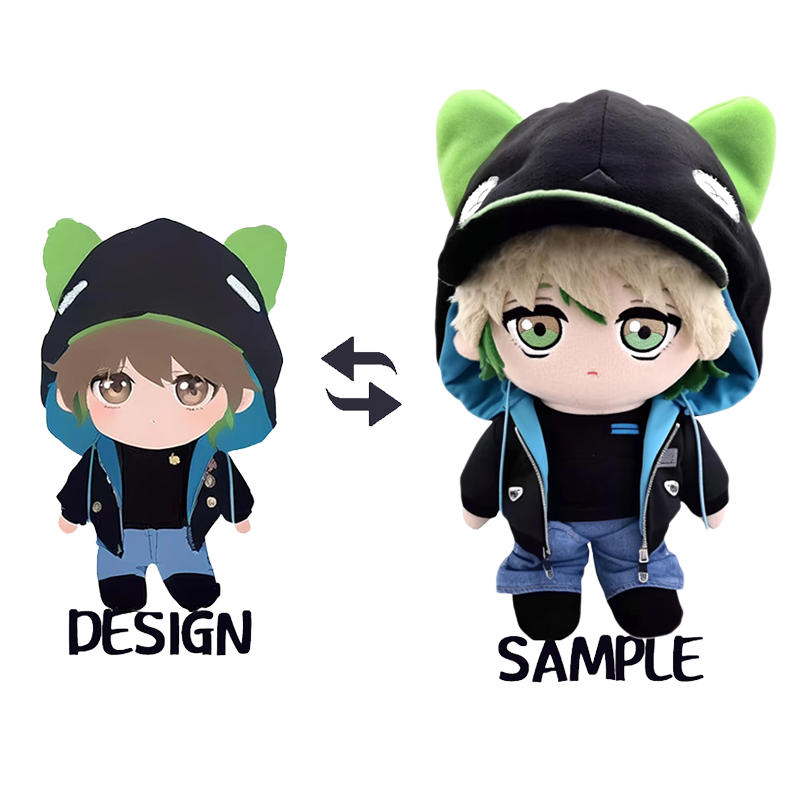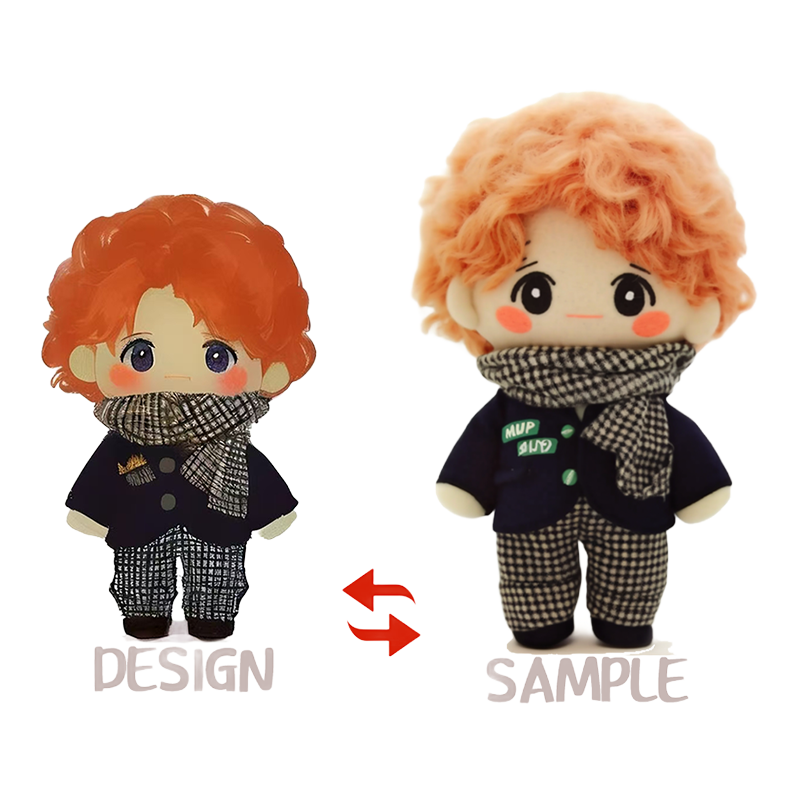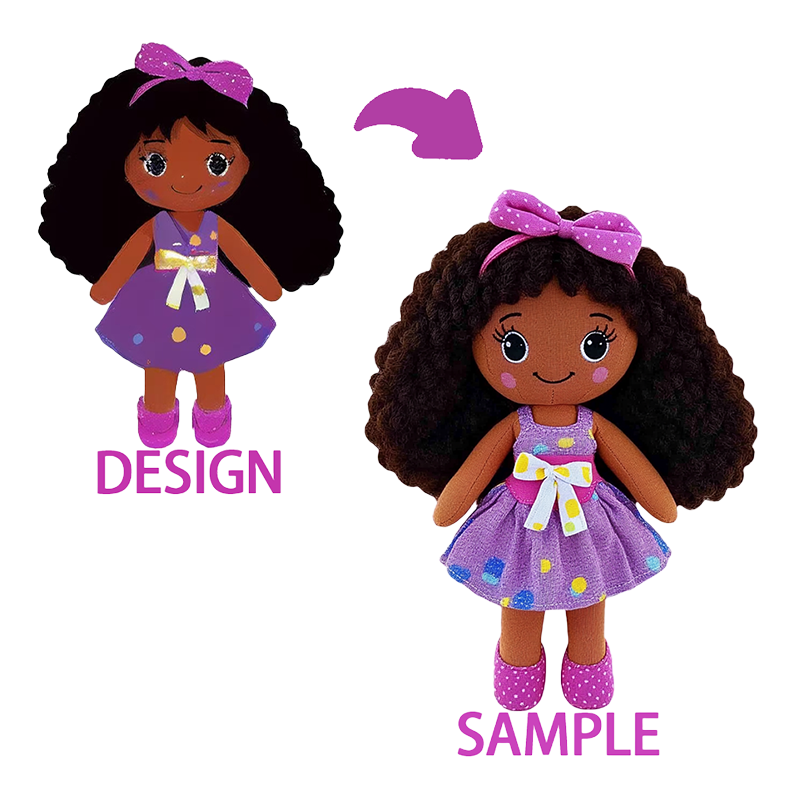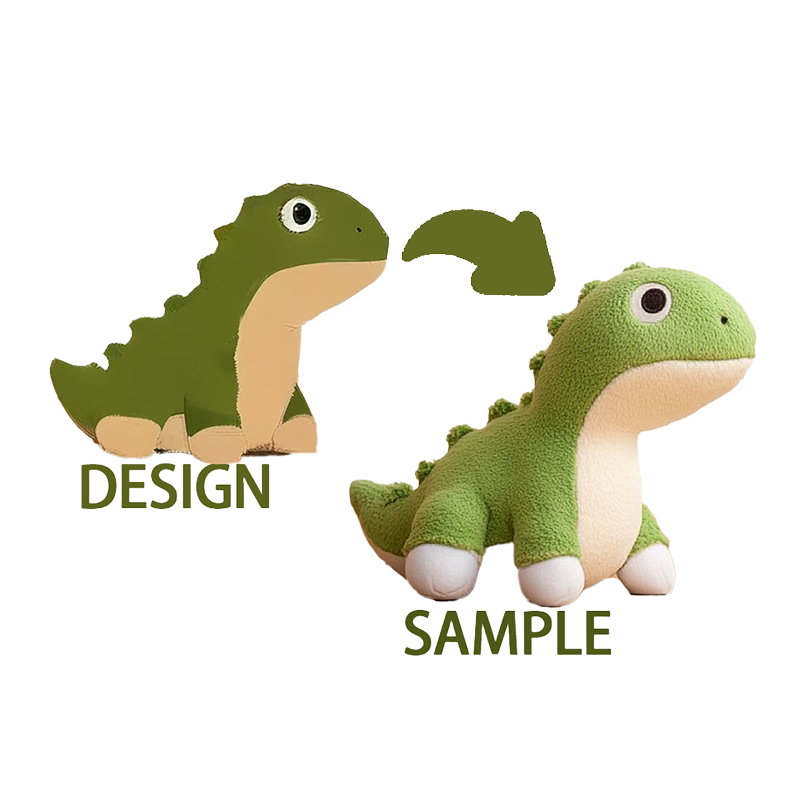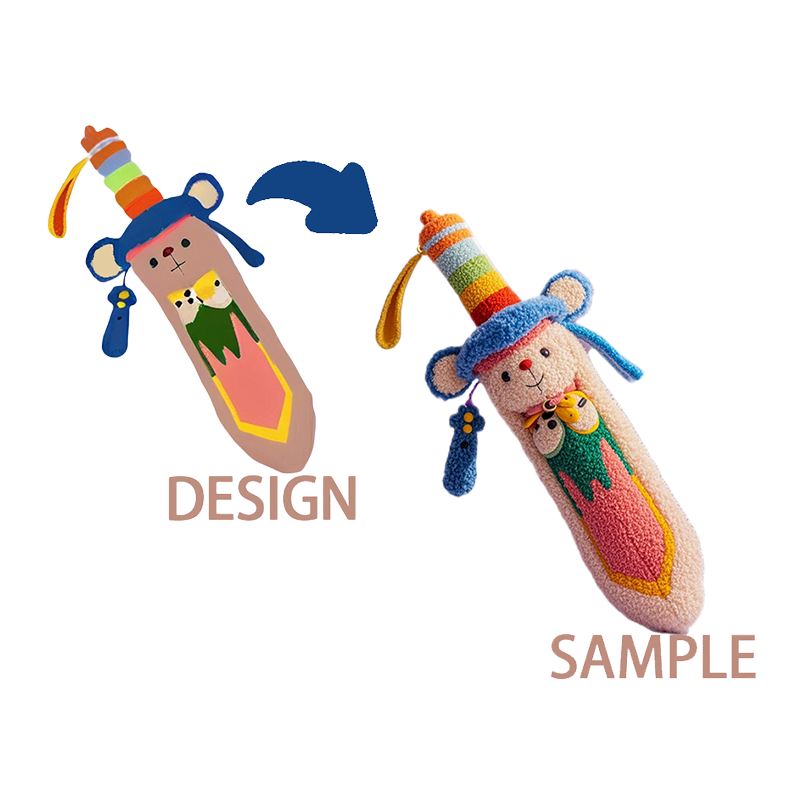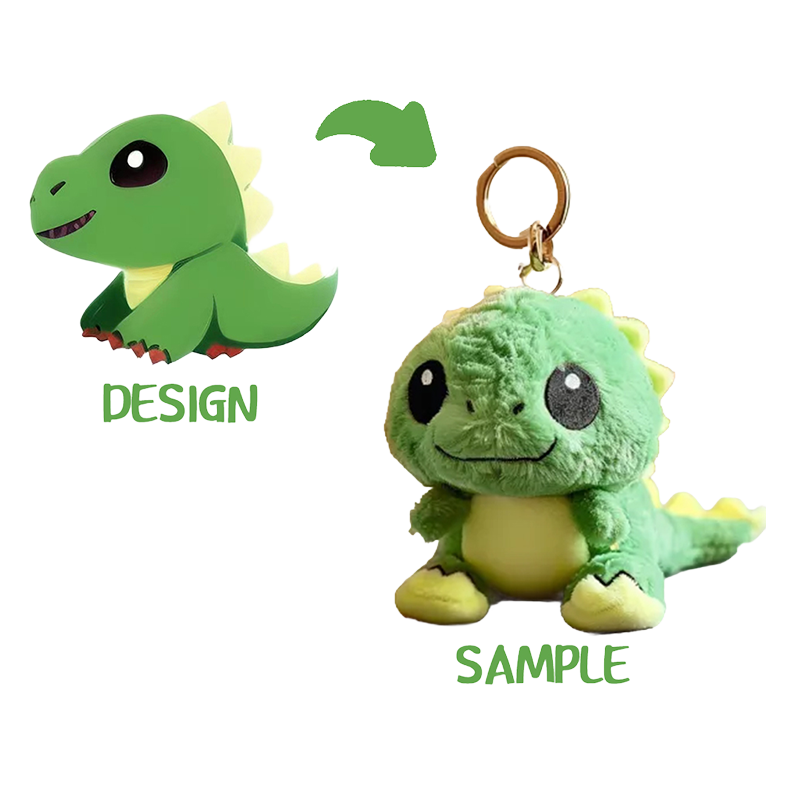Do pet chew toys need to be cleaned?
2025-10-24
Content
1. Why should pet chew toys be cleaned?
Preventing bacterial and mold growth: Saliva and food residue on toys can breed bacteria (such as E. coli and Salmonella) and mold in moist environments. Dogs, especially those who chew rather than lick, use their gums and tongues to deeply contact toys, directly introducing these germs into their bodies.
Preventing pet illness: Dirty toys can cause gastrointestinal discomfort, oral infections, and skin diseases. The risk is even higher for young, elderly, or those with weakened immune systems or underlying health conditions.
Preventing cross-contamination: Toys carried to beds or sofas, or shared with other pets, can spread bacteria.
Maintaining the effectiveness and longevity of toys: Regular cleaning prevents dirt accumulation that can cause premature aging and deformation, while also maintaining their appeal.
2. How to clean different types of chew toys?
Before cleaning, always check the cleaning instructions on the toy packaging. Here are some general guidelines:
(1). Rubber, silicone or plastic toys (most common)
Daily cleaning (recommended once a week):
Handwash: Use a mild dish soap or pet-specific cleaner, hot water and a brush (such as an old toothbrush) to thoroughly scrub the surface and crevices, then rinse thoroughly.
Deep disinfection (once a month or when it feels particularly dirty): Soak the toy in a solution of one part white vinegar to one part water for 15-30 minutes, then rinse thoroughly. White vinegar has a natural antiseptic effect.
Bleach solution (use with caution): Soak the toy in a solution of one part bleach to ten parts water for 10 minutes. Afterwards, rinse thoroughly and repeatedly with plenty of clean water to ensure there is no residue! Suitable for toys that can tolerate and have severe mold.
(2) Knotted toys
Core problem: Moisture easily accumulates inside, breeding mold.
Cleaning method:
Hand wash: Use mild detergent and water to scrub, then squeeze out the moisture.
Washing machine: Place in a laundry bag, wash on the gentle cycle, in cold water, and air dry naturally. Do not use a dryer to avoid shrinkage or damage.
Note: Make sure the knotted toys are completely dry before giving them to your pet. They can be exposed to the sun to help sterilize and dry.
(3) Plush toys (with chew knots or noisemakers)
Check the label: Confirm whether they are washable.
Washable: Place in a laundry bag, wash on the gentle cycle, in cold water, and dry on low heat or air dry, or air dry naturally.
Non-washable: Spray the surface with a pet-specific no-rinse spray, then wipe with a damp cloth and place in a ventilated place to air dry.
(4). Nylon or bone-like synthetic chews
The surface is usually hard and can be cleaned with detergent and hot water or put in the dishwasher.
Check carefully for small pieces that have been bitten off. If there are cracks, discard them immediately.
2. Recommended cleaning frequency
Regular cleaning: At least once a week.
High-frequency cleaning: Clean immediately after the following situations:
The toy has been taken outdoors or onto a dirty floor.
It has been chewed by a sick or immune-compromised pet.
After being played with by multiple pets.
The toy looks dirty or smells bad.
3. Important safety precautions
Rinse thoroughly: Regardless of the detergent used, rinsing is the most critical step to ensure that there are no chemical residues.
Dry thoroughly: Moisture is a breeding ground for mold. After cleaning, be sure to let the toy dry completely before giving it to your pet.
Regular inspection: Every time you wash, it is also a good time to check the toy for damage. If the toy has cracks, has been bitten off, or has become very small, replace it immediately to prevent your pet from accidentally ingesting it and choking.
Choose natural, non-toxic cleaners: Prioritize pet-safe products like white vinegar, baking soda, or pet-specific cleaners.
We specialize in the design and production of plush toys to provide customers with unique customized services

 English
English 中文简体
中文简体